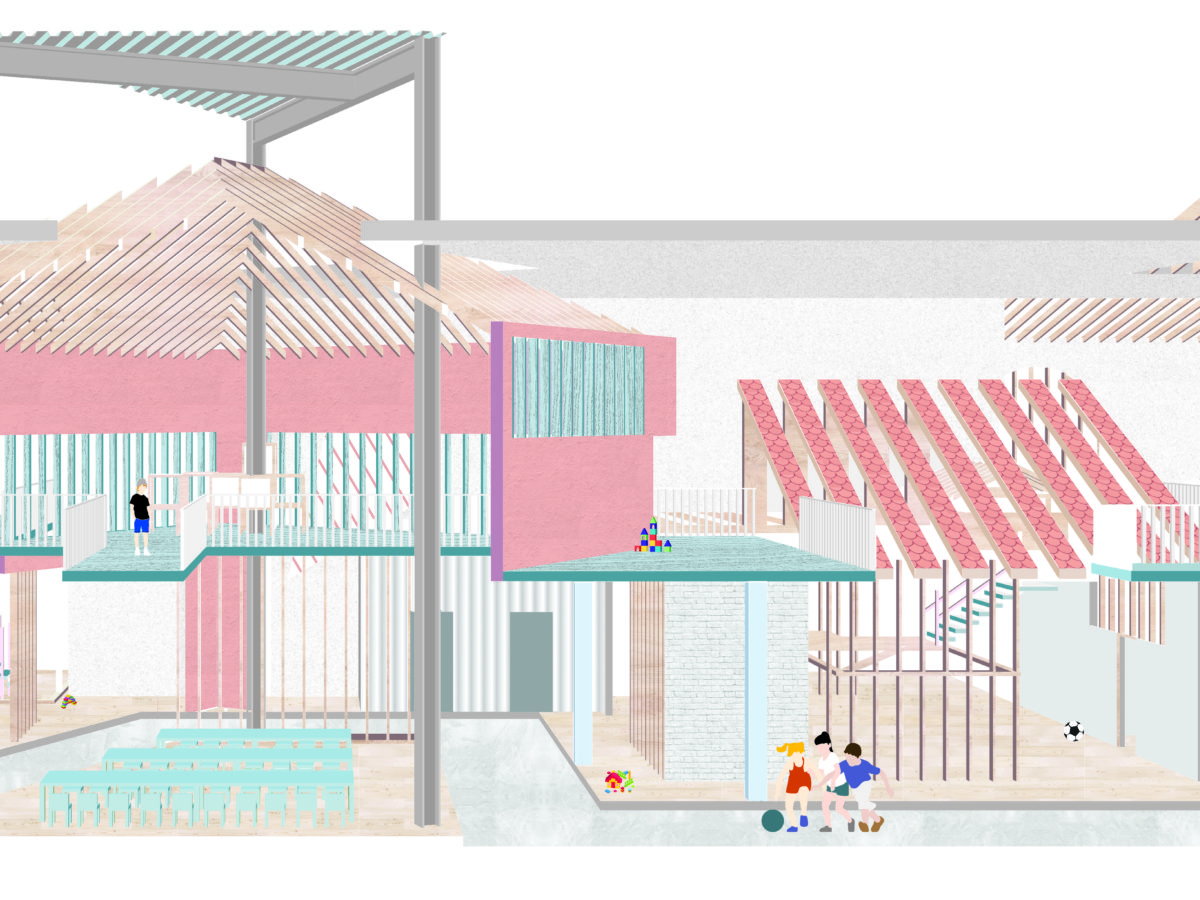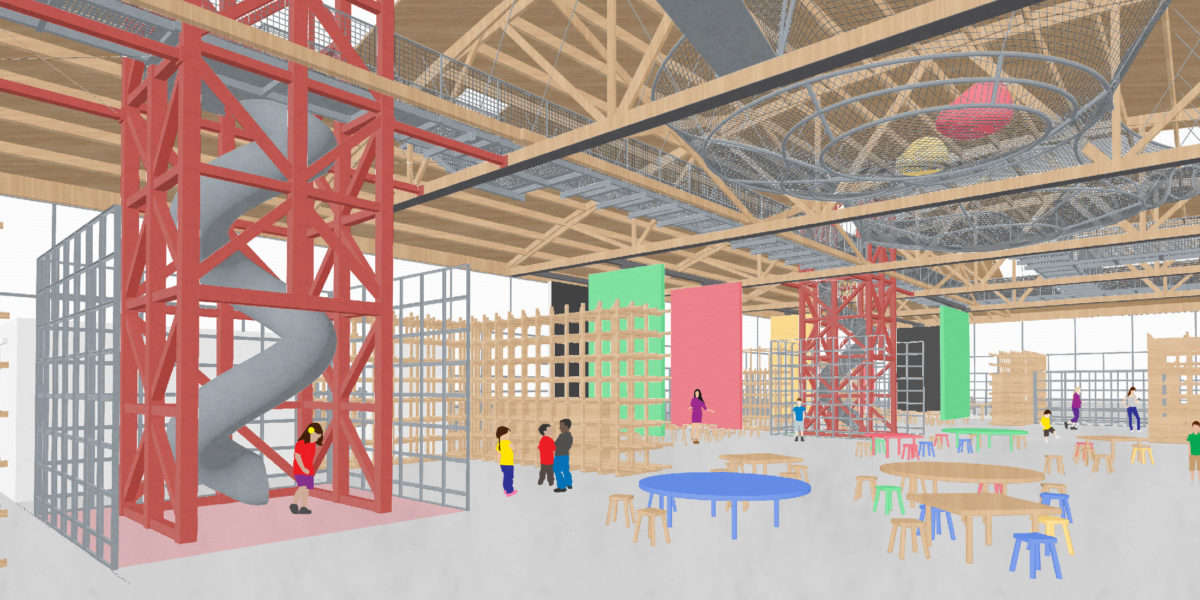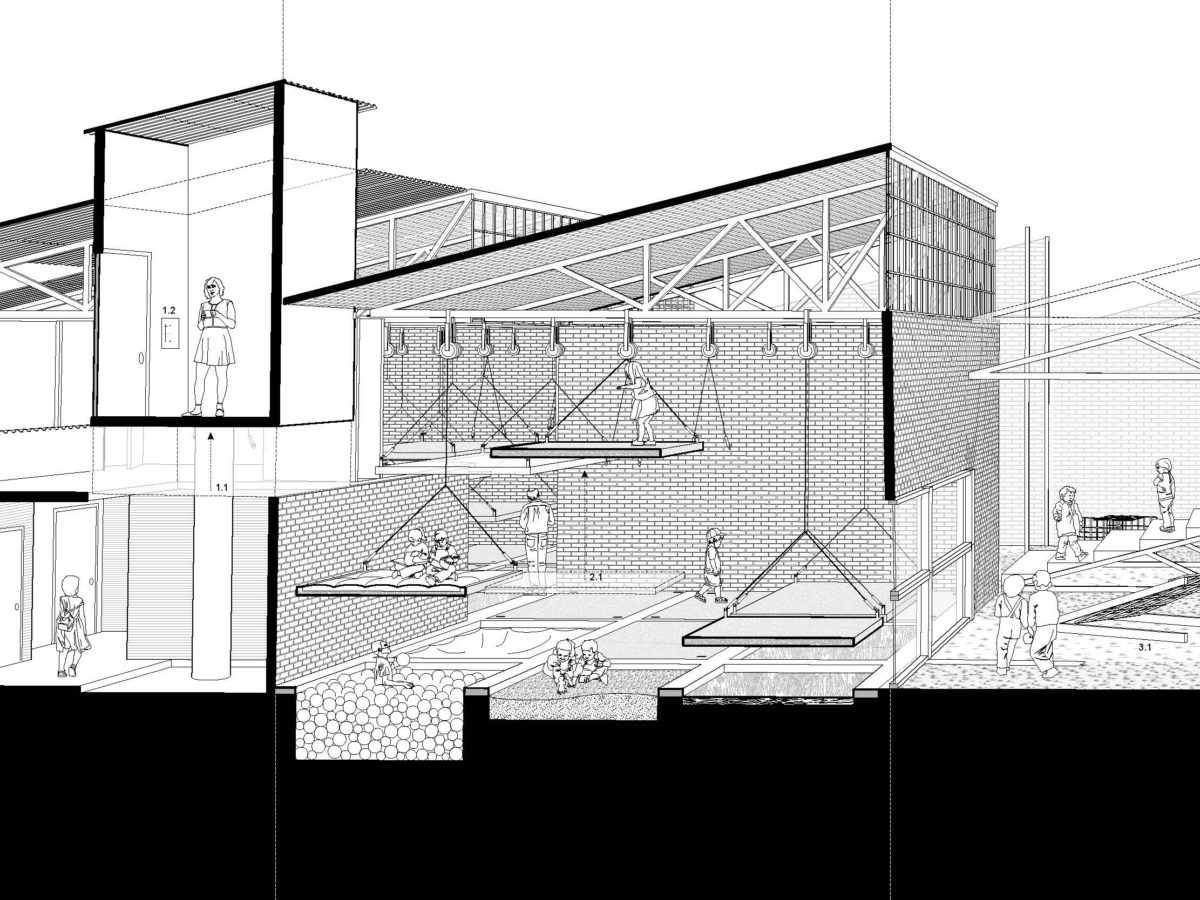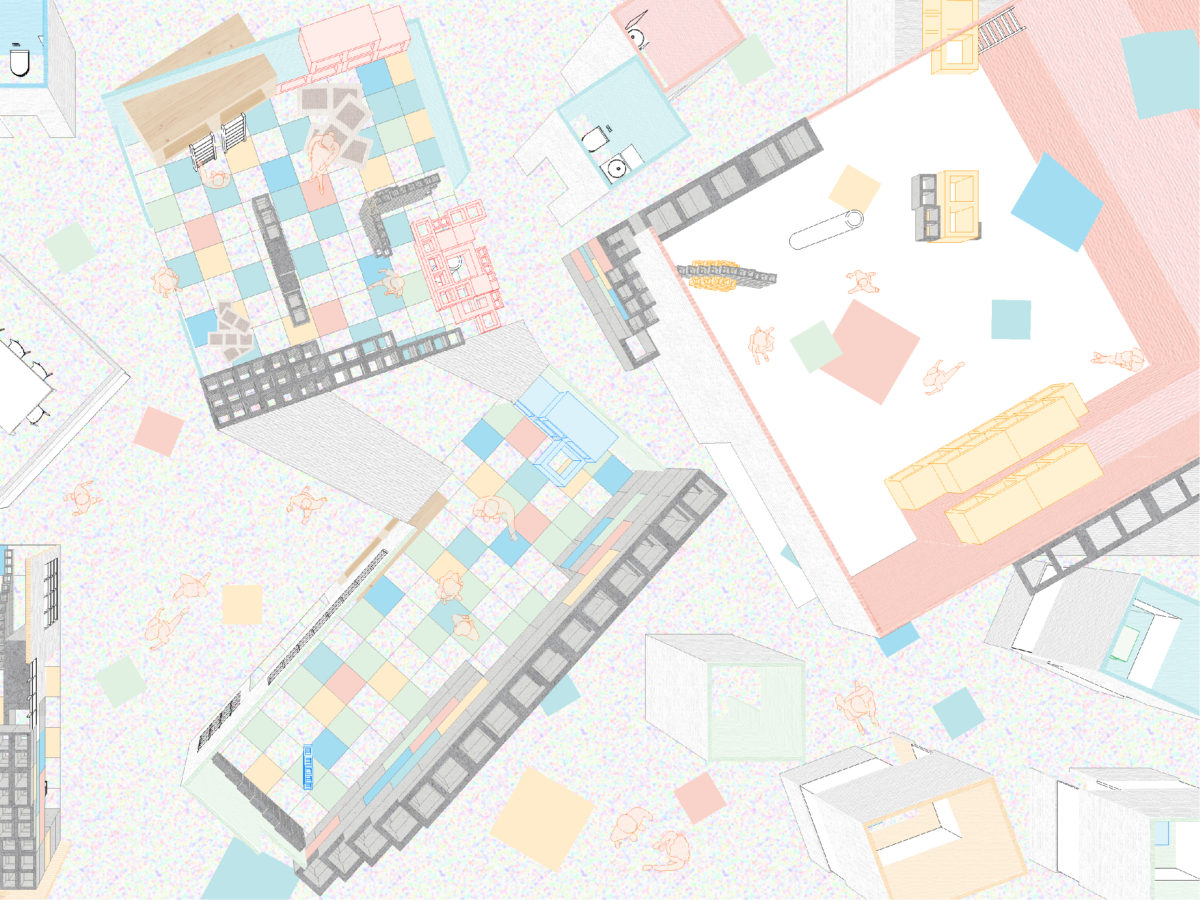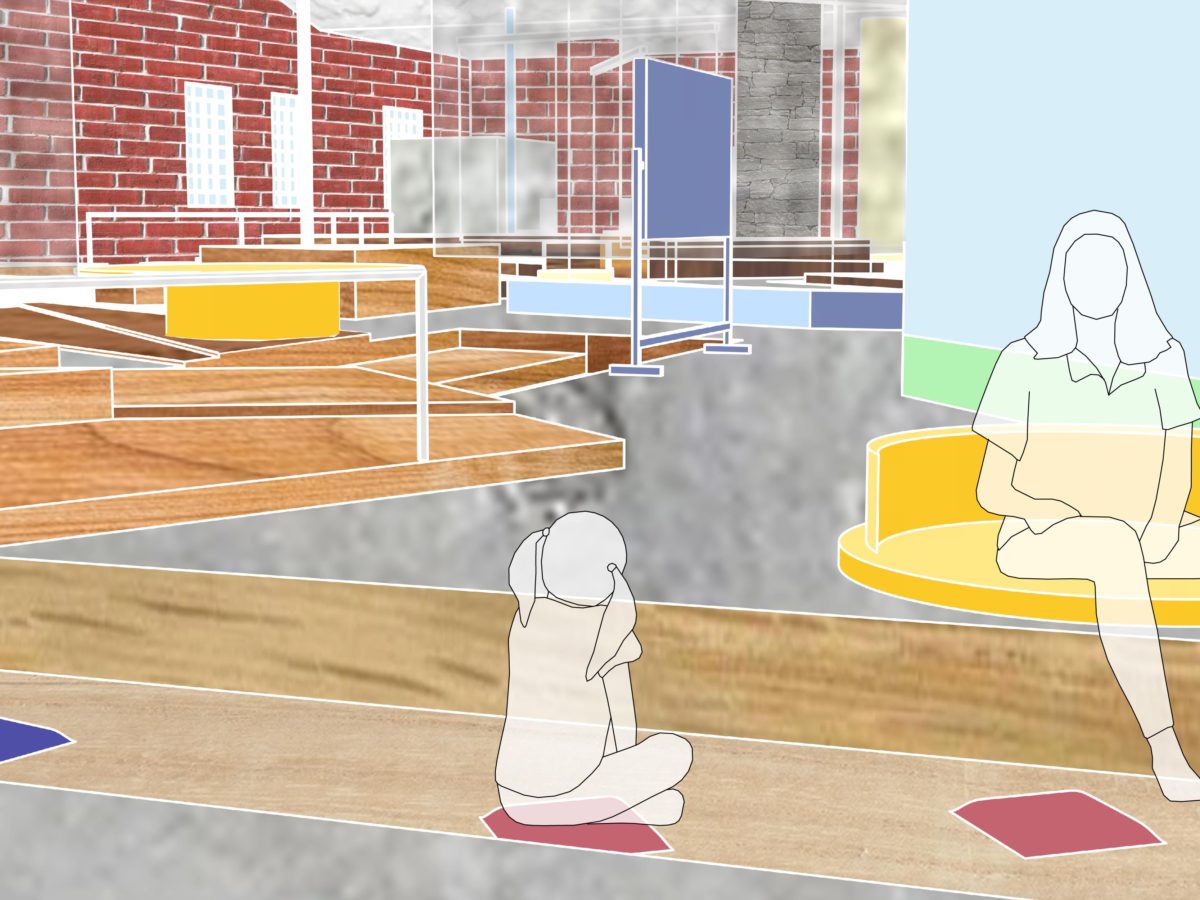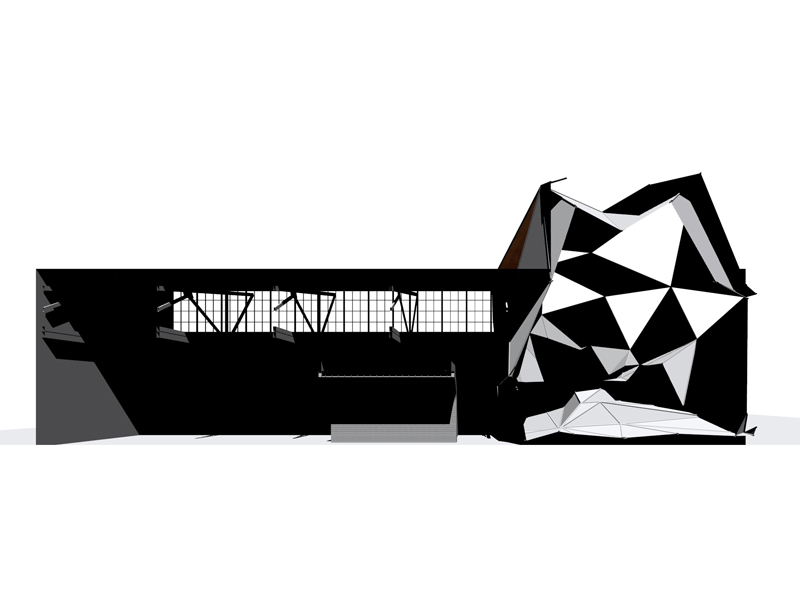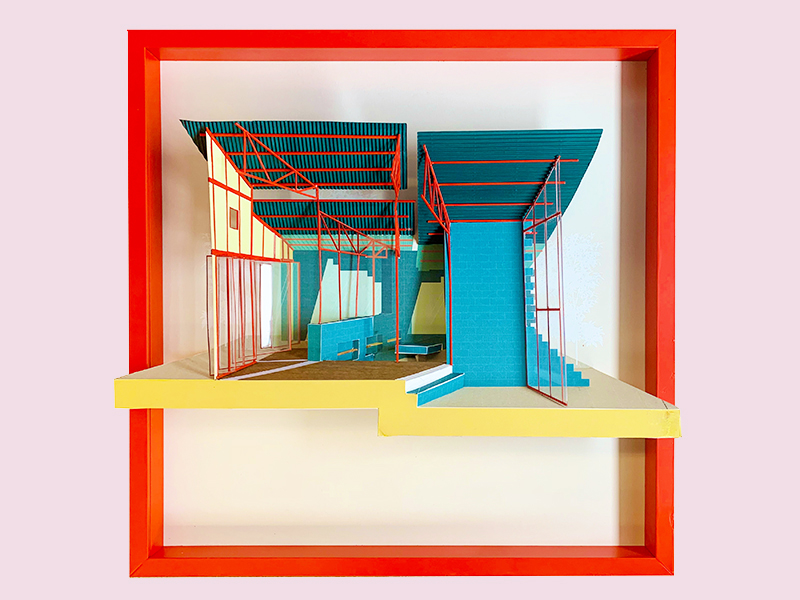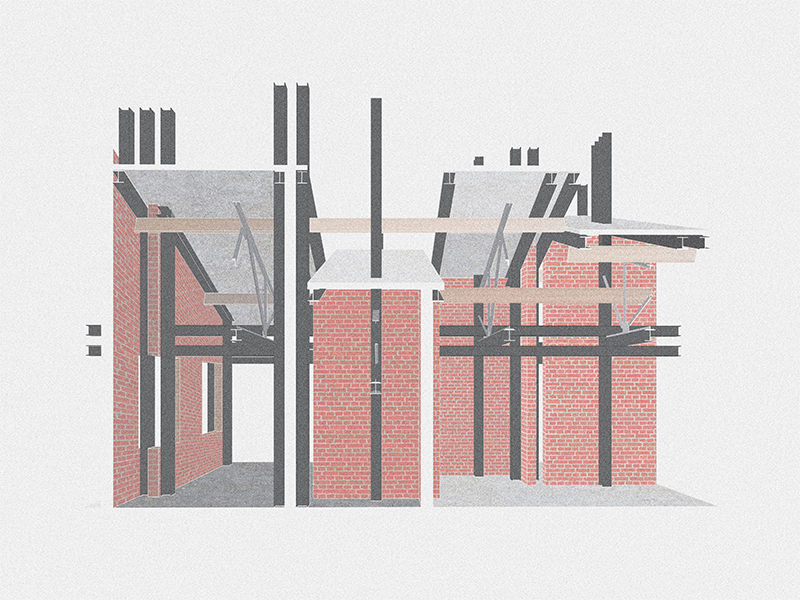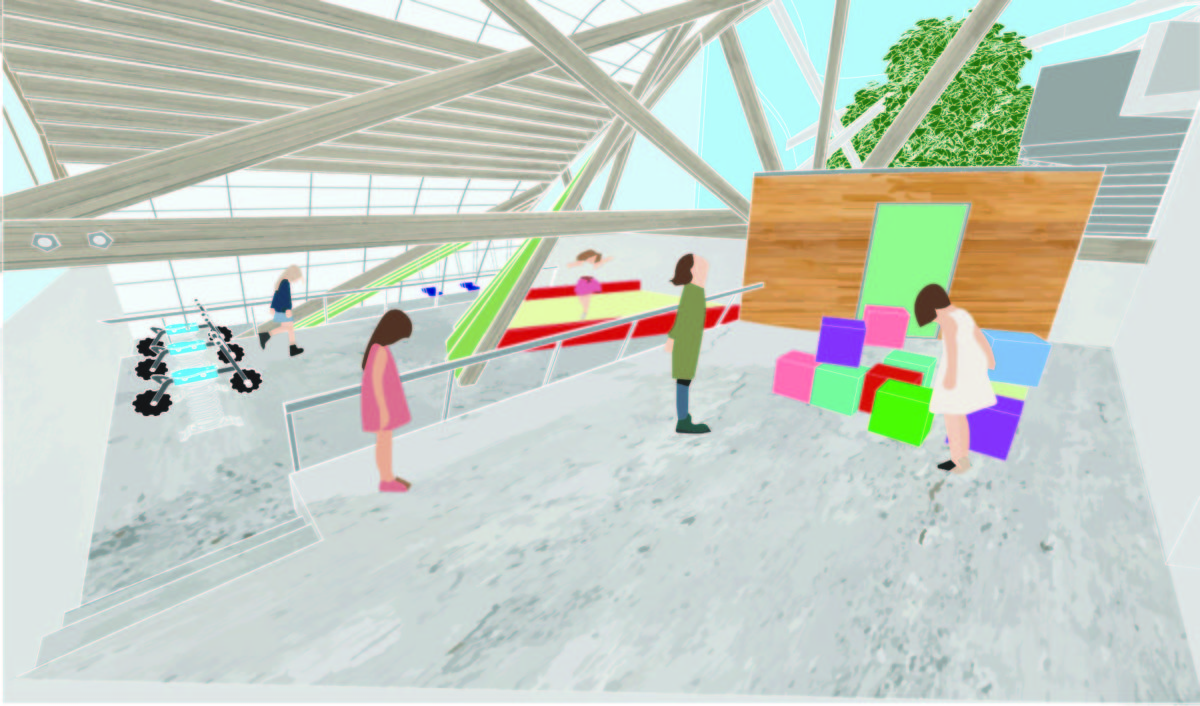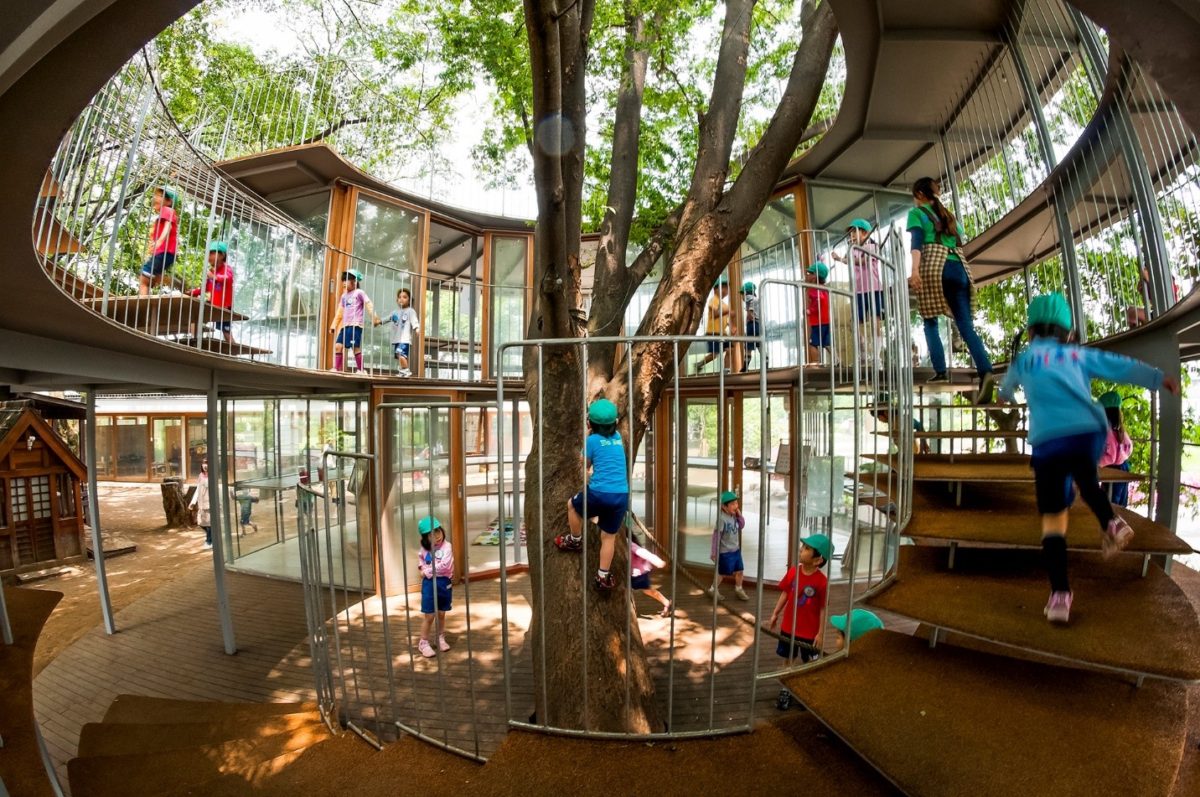Admittedly, I have a slight Sisyphusian attitude when writing a gallery statement, the factoid of if I mention phrases as deconstructionist precedent analysis, topological explorations, or educational morphologies, the majority of readers (perhaps rightfully so) will just stop reading.. but I think “..well, o.k. why not” and I put my hands back on cold smooth hard rock. Look, this is a second-year undergrad studio – if you’re looking at this in search for an epiphanic moment of enlightenment, then my section is going to be a disappointment for you. As a studio we explored the history of many of the characters of the LA School of Architecture from the 70’s-90’s – influential folks with attitudes of collision, contradiction, material misuse, misappropriation, and in many contexts come with propositions that could be seen as improper to put it mildly – we examined the most interesting components of these, attempted to data mine the best ideas from them, set to interpret them in a positive light, to apply many of these principles towards the reconfiguration of various warehouse typologies common to the Los Angeles region. All in the premise of a kindergarten, but with the concepts of adaptive reuse, re-adaptation, material exploration, a dash of contradictory mixing of programs, and a touch of social commentary. I hope you find something useful in the work, the students performed in outstanding fashion, especially with the current situation in light. Thank you for your time, good luck folks, happy hunting.
